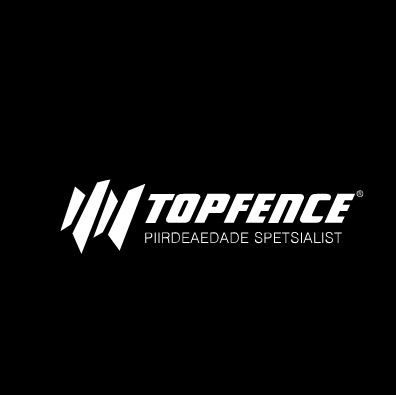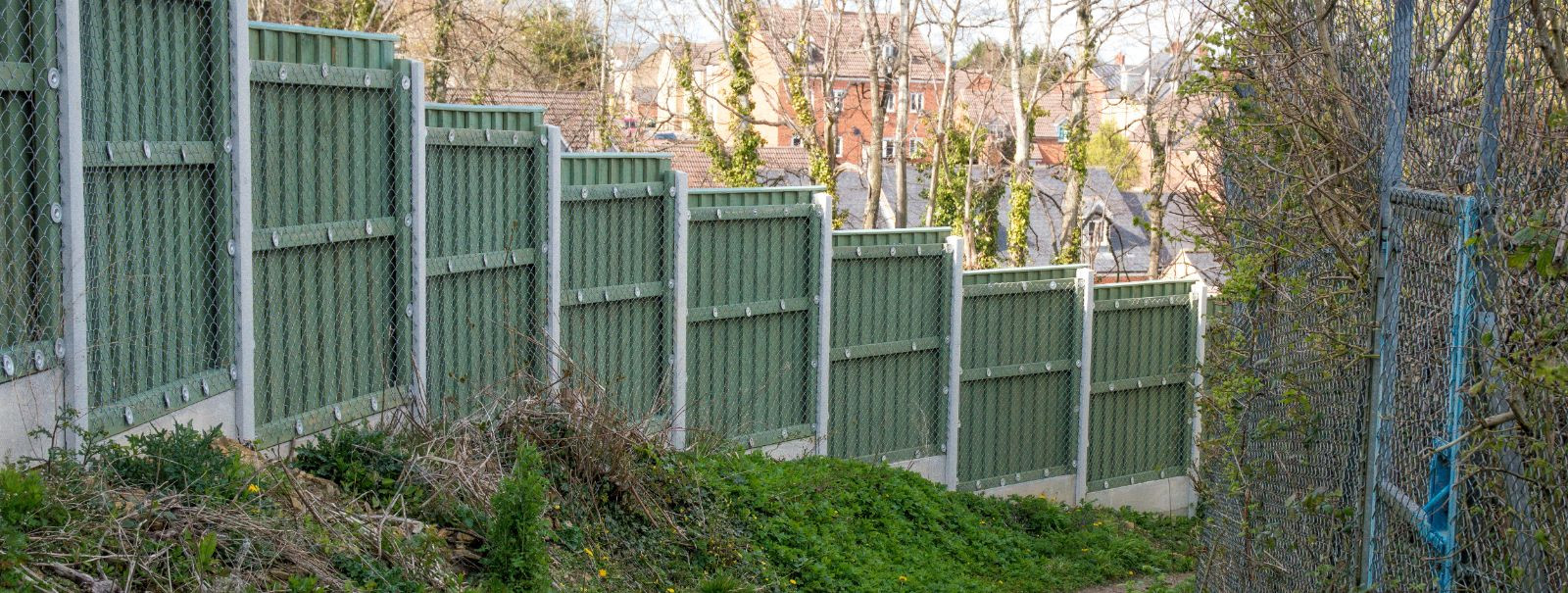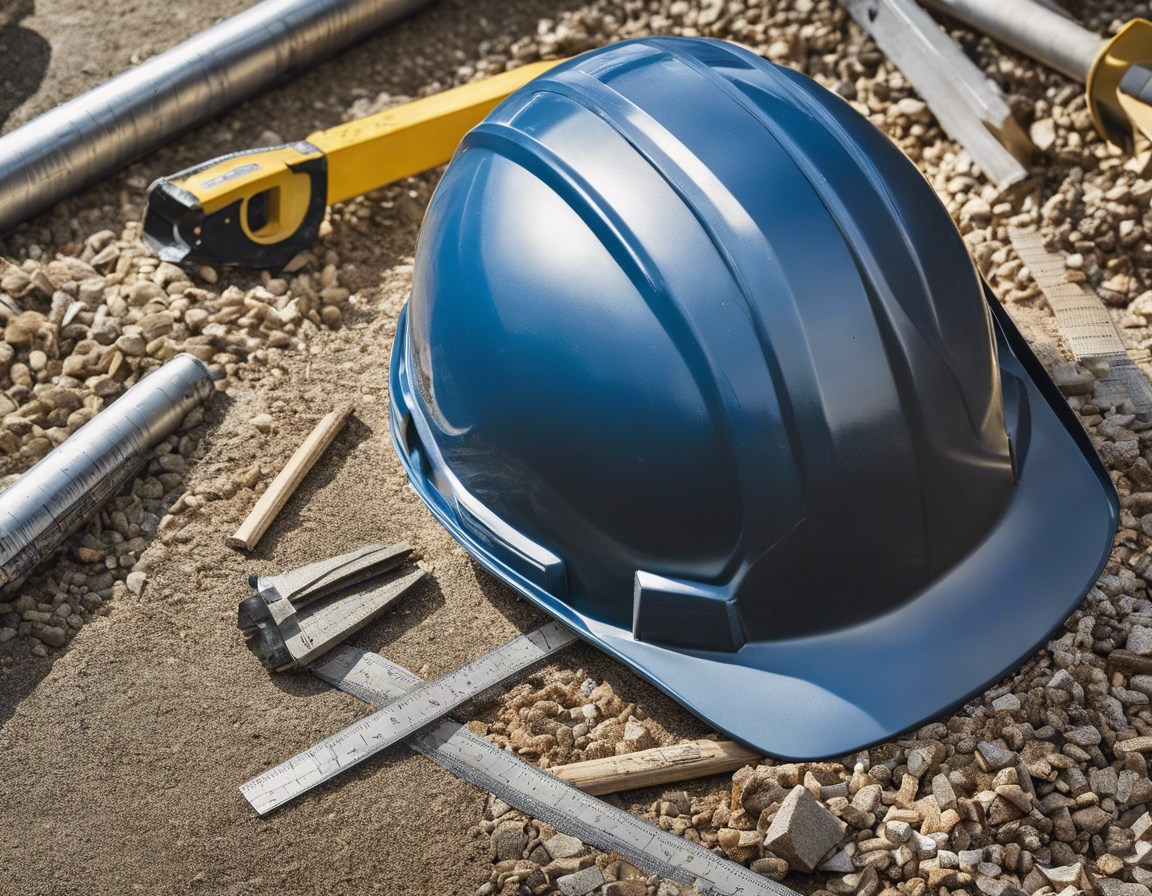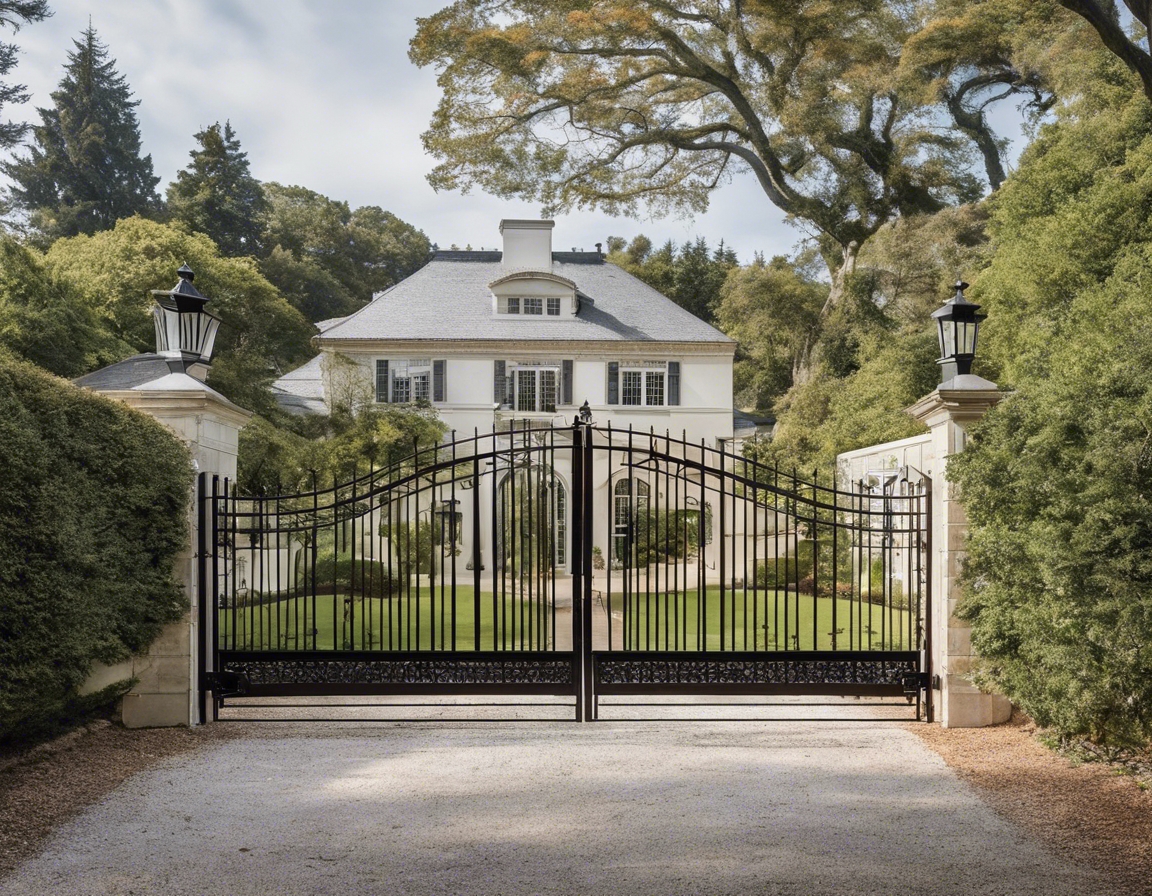How to enhance your property's security with fencing
Security is a paramount concern for homeowners and commercial property managers alike. A robust security system not only protects against intrusions but also provides peace of mind. Fencing is a critical component of a comprehensive security strategy, serving as the first line of defense against potential threats.
Before selecting a fence, it's essential to assess the specific security requirements of your property. Consider factors such as location, crime rates, and the nature of the assets you're protecting. This assessment will guide you in choosing the appropriate type and height of fencing for your needs.
Types of Security Fencing
Chain link fences are a cost-effective and durable option for securing a property. They provide visibility, which is crucial for surveillance, while deterring unauthorized access.
Steel palisade fencing is known for its strength and intimidating appearance. Its design makes it difficult to climb, and it's an excellent deterrent against vandalism and break-ins.
Wrought iron fences combine strength with aesthetic appeal. They can be customized with decorative elements and are highly durable, making them a popular choice for both security and style.
Wooden privacy fences offer a balance between security and privacy. They block the view into your property, making it less of a target for potential intruders.
Electric fencing adds an extra layer of protection with a non-lethal shock to deter intruders. It's often used in high-security areas and can be integrated with alarm systems.
Key Features of Security Fencing
The height of a fence is a crucial factor in its effectiveness. A fence that is too low may be easily breached, while a taller fence provides a more formidable barrier.
The materials and construction of a fence determine its durability and strength. High-quality materials and craftsmanship are essential for a fence to withstand weather conditions and potential breaches.
While privacy is important, visibility should not be overlooked. A fence that allows for clear sight lines can be crucial for surveillance and detection of unauthorized activity.
Modern security fencing can be integrated with electronic security systems, such as CCTV cameras, motion detectors, and alarms, to create a comprehensive security solution.
Design Considerations for Aesthetic Appeal
The material of your fence should complement the design of your property while providing the necessary security features. Options range from wood and metal to composite materials.
The color and finish of your fence can enhance the overall look of your property. It's important to choose options that are both attractive and resistant to the elements.
Custom design elements can add a unique touch to your fence, reflecting your personal style or the character of your property.
Environmental Considerations
Environmentally conscious property owners may opt for fencing materials that are sustainable and have a low impact on the environment.
Consideration should be given to how fencing may affect local wildlife. Designs that allow for animal movement while maintaining security are becoming increasingly popular.
Installation and Maintenance
For optimal security, professional installation of your fence is recommended. Experts can ensure that the fence is properly anchored and constructed to meet security standards.
Regular maintenance is necessary to keep your fence in top condition. This includes inspecting for damage, treating for rust or rot, and ensuring that any security features are functioning correctly.
Legal and Compliance Issues
Before installing a fence, it's important to understand local regulations and obtain any necessary permits. This ensures that your fence is legal and compliant with local codes.
Zoning laws can affect the type, height, and location of your fence. Familiarizing yourself with these laws can prevent legal issues and ensure that your fence meets community standards.






Comments (0)